Siem Reap is considered the gateway to the Angkor UNESCO World Heritage Site. The many temples including Angkor Wat are visited by millions of tourists each year. Siem Reap has grown and now has many large comfortable hotels,motels,guesthouses and restaurants to accommodate tourists. Angkor Wat is about 6km north of Siem Reap.
Angkor Wat the largest religious monument in the world. Built for King Suryavarman II in the early 12th century as a State temple for the capital, and a Hindu temple to the god Shiva. In the late 12th century it gradually became a Buddhist temple. Later on it is thought that it became the funery temple of the King.
Temple architecture
The design of the temple is at the pinnacle of temple architecture in Cambodia, combining the temple mountain and galleried temple architecture. The temple mountain represents Mount Meru, home of the devas in Hindu mythology. The central arrangement of the five towers symbolise the five peaks of the mountain, the walls represent the surrounding mountain ranges and the moat represents the ocean. Angkor Wat is a microcosm of the Hindu universe.
Gates and Spires
Angkor Wat is impressive. One must first cross the moat via the outer causeway leading to the western gate.If you stand in the doorway of the outer gopura it provides a view across the causeway to the temple gates and spires of Angkor Wat (pity about the blue taups). Inside, on the walls of this first gopura are fine carvings of very energetic dancing apsaras and animals.
Outer Causeway
The outer causeway dates about 100 years after the building of the temple; identified by the use of round columns supporting the causeway. The moat, a large expanse of reflective water some 20m wide, 4 m deep with a perimeter of 5km.
Naga heads and Naga Balustrade
The inner causeway is a huge, wide stone causeway lined with a Naga balustrade either side leading to the entrance gates of Angkor Wat. There are six points along the causeway leading down steps to ground level. Here the balustrades turn and end in rearing Naga heads. Steps with guardian lions lead down to where the city streets once began.
You can see by the water on the causeway and either side that a fair amount of rain fell last night, today it has been very overcast again. Two ancient buildings referred to as libraries sit on either side of the inner causeway fronting overflowing ponds. The libraries each have four doorways at cardinal points and were probably shrines rather than libraries as we know them today. Near one of the libraries, a white horse with colored bridle and saddle cloth stands patiently waiting for the tourists.
Arriving at the three squarish entrance gates, in themselves impressive, there are two openings large enough to allow carts or an elephant through on either side. The wall, made of laterite blocks measure 1025m. by 802.m, the height precluding any inner view.
At last, down the steps and inside the temple grounds. Angkor Wat is basically three rectangular galleries, each raised higher than the previous one by the use of stepped terraces. At ground level on the inner wall of the entrance gopura are fine carvings of apsaras, so don’t miss these.
Bas-reliefs – Steps in Khmer history
Spectacular bas-reliefs cover the walls of the galleries; with each gallery one steps into different scenes depicting the way of life of the Khmer people and the Hindu mythology that guides their beliefs. Famous battles, a victorious military procession, depictions of heaven and hell, and the great Hindu creation myth “Churning of the sea of milk” are the main attractions. It is a good idea to read up on Hindu mythology so you have a better appreciation of the stories and myths depicted in the bas-reliefs before you visit Angkor Wat at Siem Reap.
The dramatic bas-reliefs in the southern section of the western gallery depict the last episode of the famous Indian epic, the Mahabharata, when the Pandava and Kaurava clans met in deadly combat in the battle of Kurukshetra.
Bas reliefs in the western section of the southern gallery depict historical events during the reign of King Suryavarman II, an amazing procession with elephants and palanquins. Still in the southern gallery, eastern section, equally dramatic the Judgement of Yama depicting heaven and the torments of hell. The Churning of the Sea of Milk is viewed along the southern half of the eastern Gallery. The carvings run for half a mile inside this enclosure and are steps along the way into an amazing journey through Khmer history and beliefs.
Ancient stone steps
The ancient stone steps to the central tower are very steep, almost perpendicular, weathered and worn, definitely like climbing a mountain and of course not safe to use anymore. The modern wooden steps with hand rails are a great asset for tourists, as the climb is still quite steep.
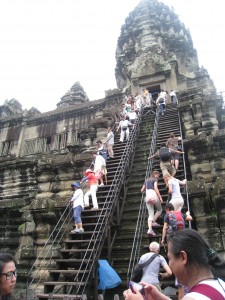
Steps to ascend and descend
There are a separate set of steps to ascend and descend safely to and from the central tower. Groups of 8-10 people are allowed to climb the steps at any one time. Duration of visit to central tower is 15 minutes which is enough, and the line of people waiting moves fairly quickly. The central tower is the heart of the temple and symbolises the centre of the Khmer nation, ruled over by the god Vishnu and the king.
This is so much to see and take in. In an ideal world a few more hours the next day at Angkor Wat would have been perfect plus a flight in the yellow balloon for a bird’s-eye view over the complex. Despite that, a fascinating journey through an extraordinary ancient temple complex. How wonderful that it still stands today after so many centuries concealed by jungle growth and vegetation.
The Chinese who visited during this time left written accounts about the magnificent Temples of Angkor with gilded spires. One can imagine how awesome that must have looked as well as spectacular reflections in the moat. The gold leaf and treasures of Angkor Wat had all been plundered long before the French arrived in 1934 to excavate the site.
Next – one last temple to visit today Beng Mealea jungle ruins – tomorrow exploring Siem Reap ….
Related Posts:
- banteay-srei-citadel-of-beauty-exquisite-carvings-siem-reap
- Angkor Pyramid temple – Pre Rup – Siem Reap
- giant-strangler-fig-crushes-gallery-ta-prohm
- Royal green square elephant terrace leper king terrace
- bayon kingdom of kings siem reap
- Angkor Thom|faces,kings,gods and demons-siem reap
- lake tonle sap floating villages
- Sankae river boat cruise stung sangkae river
- Wat Banan Battambang Province
- Sightseeing by tuk tuk the province of Battambang
- fun in the sun rural countryside battambang province
- fast and furious ride on a bamboo train cambodia
- potters pots and pottery the province of chhnang cambodia
- Udong Stupas – intriguing burial sites
- Garment factory workers in the rain Phnom-Penh
- Kompong-speu waterfall area Kirirom national park
- verdant green pine forest kirirom national park
- traditional music pich nil cambodia
- spirit houses pich nil mountain pass
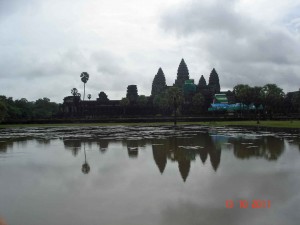
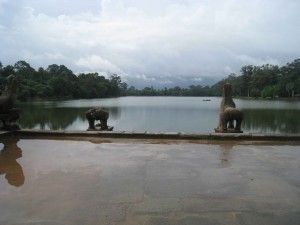
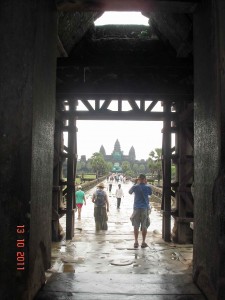
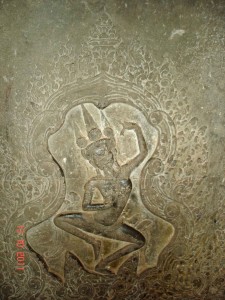
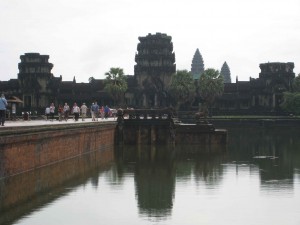
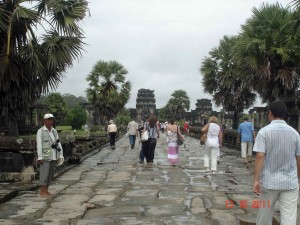
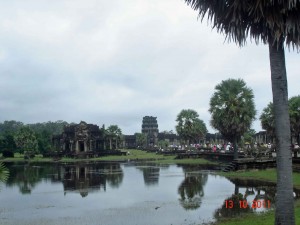
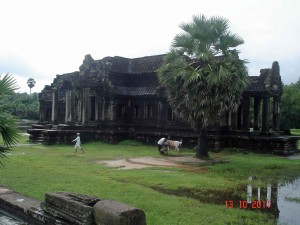
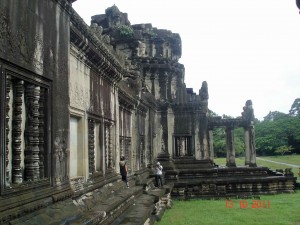
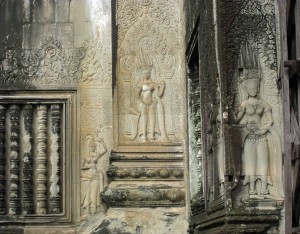
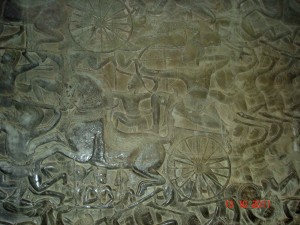
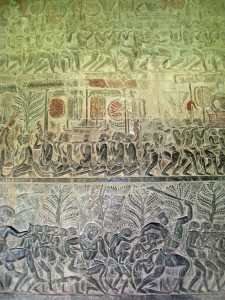
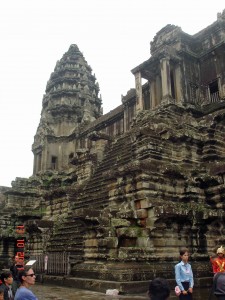
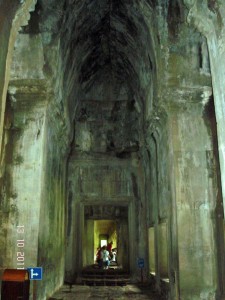
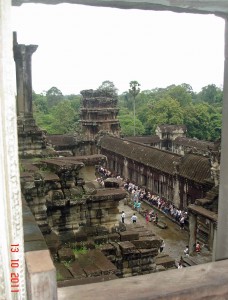
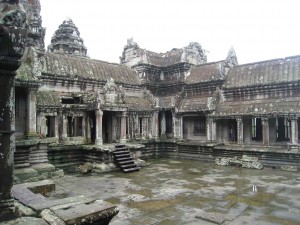
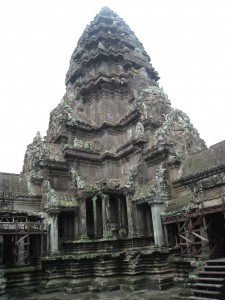
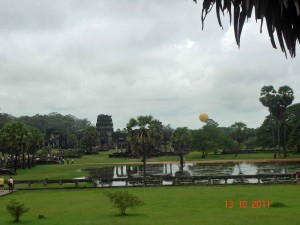
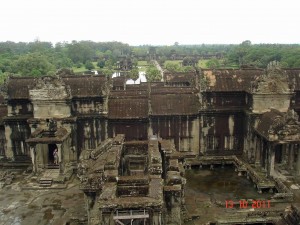
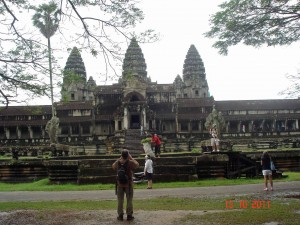
Speak Your Mind